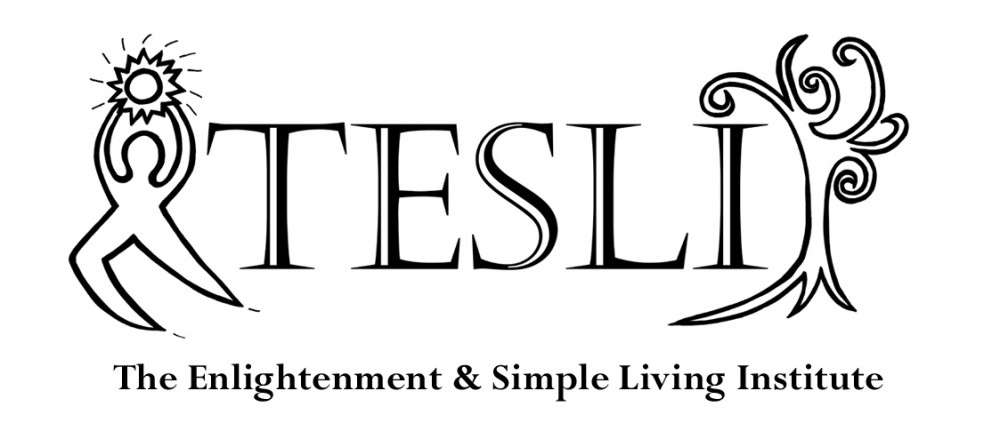On occasion people will take scientific reports (primary literature) and report the results in a way that is inaccurate or misleading. What is behind misrepresentation like this could be any of the following:
- The secondary article was written based on the abstract (summary of the study) instead of entire journal report. Since it often costs money and takes effort to read a full report some secondary authors neglect to do this. This is a problem because abstracts can exaggerate results by the way they are written. (e.g. “A significant change in hot flashes” could mean that women had hot flashes 99 times a month instead of 100. Scientifically significant, but not practically significant.)
- The secondary article was biased to promote the practice or drug or whatever was being studied, instead of being a balanced report.
- The author of the secondary article did not understand the study results. Maybe the author doesn’t really know the difference between statistically significant and significant in a practical or real world sense.
